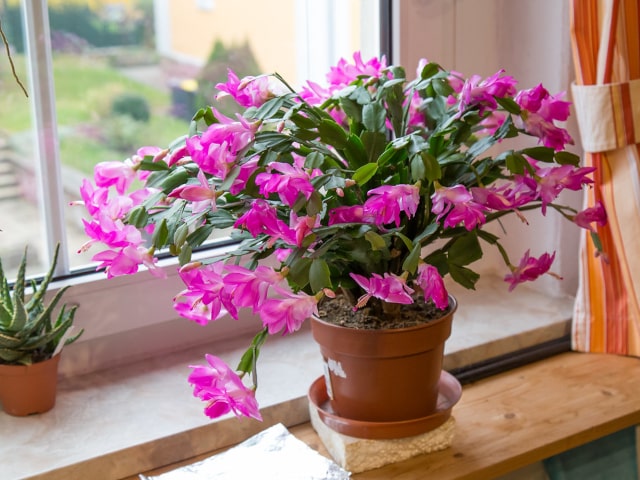
Some people are confused about different holiday cacti: Christmas, Thanksgiving and Easter cacti. Are these the same species, or perhaps three different varieties of the same species? What are their similarities and differences?
The short answer is no: the Christmas cactus, Thanksgiving cactus and Easter cactus are not the same plant. The Christmas cactus is Schlumbergera bridgesi (formerly Zyyocactus truncatus). It is known for its blooming time during winter. Easter cactus, on the other hand, is Rhipsalidopsis gaetneri or Hatiora gaetneri. These plants bloom in the spring time. The Thanksgiving cactus is Schlumbergera truncata and it blooms in late fall.
All these three species of cacti are members of the same group called leaft cacti. They are very similar, with flattened bodies. Their leaves are actually stems. They produce flowers from notches in the stems or from the tips. These cacti have beautiful fuchsia-like flowers that last for a long time. Most of the flowers are pink, but there are some cultivars that can produce flowers in white, red, yellow or purple colors.
These cacti have certain things in common. For example, they all originated in South America. They all make excellent house plants.
The Easter cactus (Rhipsalidopsis gaetneri or Hatiora gaetneri) is also known as a "spring cactus". It is one of the three popular holiday cacti. Another popular holiday cacti is Christmas cactus. Easter cacti typically bloom in spring, around the time of Easter, while the Christmas cacti bloom in winter, around the time of Christmas.
All of the popular holiday cacti species are native to South America. They can be found there freely growing on trees. Because of this, they often share another common name: "jungle cacti".
Since all of the holiday cacti are very similar, it's important to learn how to spot their differences in order to identify them and tell them apart.
The Differences
There are ways to tell Easter cacti from Christmas cacti even though they are very similar (same goes for the other holiday cacti). One of the easiest ways to determine the species is by blooming season. Like mentioned above, Easter cacti bloom in spring. They begin to reveal flower buds in February and they flower from March through May. Christmas cacti as well as Thanksgiving cacti, on the other hand, bloom late in year, in late fall and winter. Thanksgiving varieties usually bloom about a month earlier than the Christmas cacti.
Another good way to separate the holiday cacti is to carefully observe the edges of their leaf segments. Christmas cacti have smooth, round edges. Thanksgiving cacti, on the other hand, have pointy, jagged edges. Easter cacti can be identified based on bristles that can be found on the edges of their leaf segments.
Also, it's possible to differentiate between species based on flowers. Easter cacti has flowers that tend to be star shaped but have the radiant shades of colors typically found in all of the holiday cacti species: pink, red, purple. Some cultivars even have pure white flowers.
How to Care for Holiday Cacti
All holiday cacti species demand similar care and growing conditions. To promote flowering, you need to expose them to shorter days and longer periods of uninterrupted darkness.
These cacti thrive on well-drained soil and it's important to provide them with appropriate amount of water. You should never overwater your holiday cactus. This is particularly important for Easter cacti. They are sensitive to overwatering and it can cause damage to the plants. Therefore, it's best to wait until the soil in the pot is completely dry before you water the plant again.
The Easter cacti also requires a dry period. You should provide it with very little water from October to November to initiate buds. Place it in the cool area under shorted light periods. At the end of the year, around December, you should raise the temperature to about 65 degrees F and don't forget to water sparingly. The cactus will bloom around March.
All holiday cacti should avoid high temperatures and significant heat fluctuations when they are flowering. Usually, lack of flowering is directly related to cool temperature/short day treatment. This is particularly true for Christmas and Thanksgiving cacti. The Easter cacti is a bit different because it requires a dry period to bloom.
Photo credit: Maja Dumat
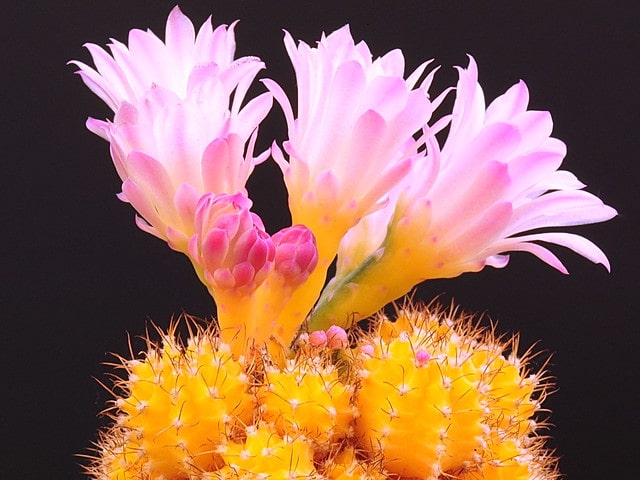
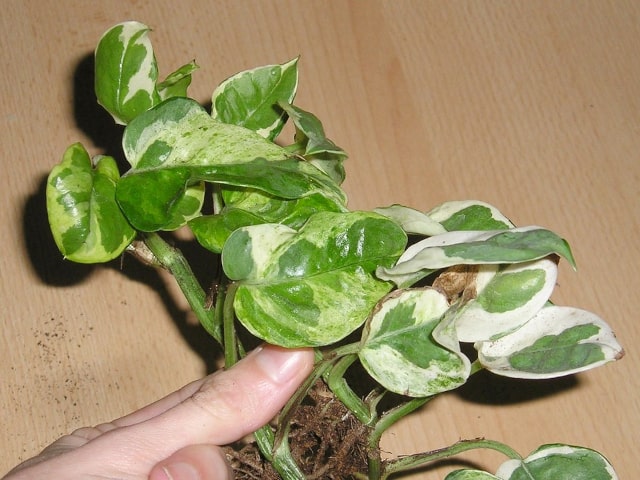
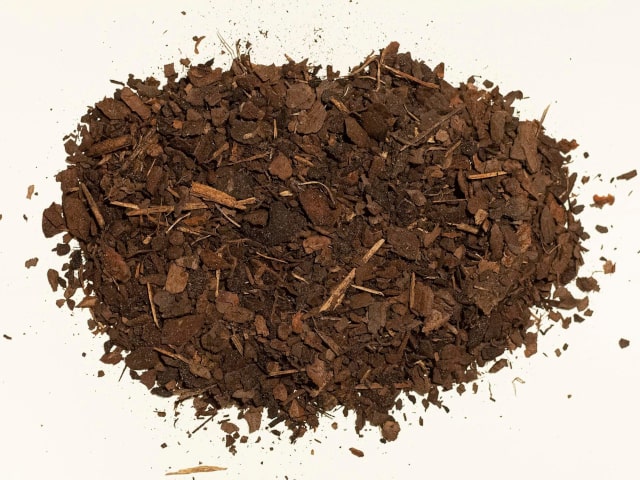
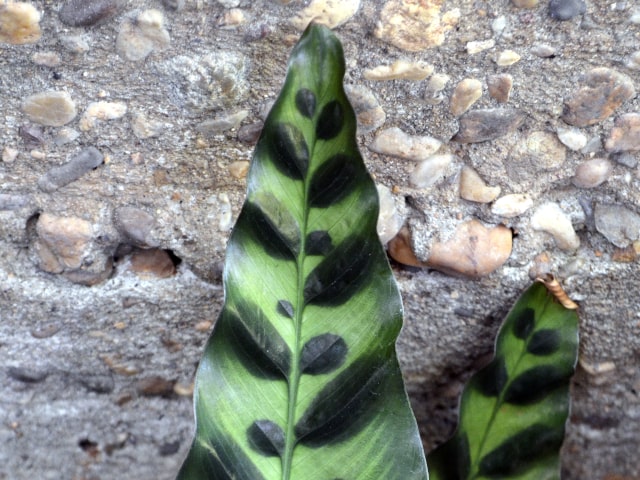
0 Comments